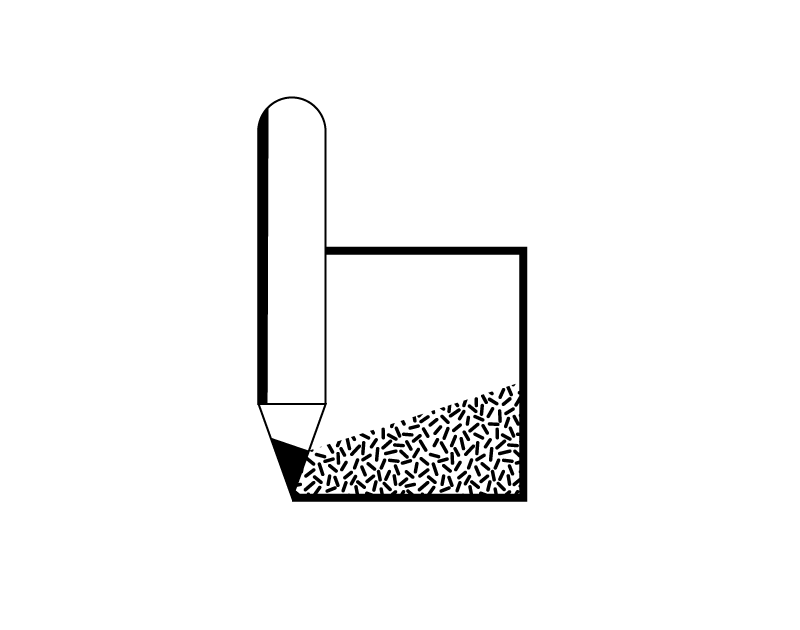BCA-N: You do Not Escape Making
The collaborative element of the Border Encyclopedia is more about compiling and playing with the BCA-N than with filling in the BCA-I. Even though the walk can be conducted in a group, it remains a personal matter to complete the strips and thus document the border experience. But once the BCA-I has been used and filled in, the strips are only a part of the many parts of the BCA-N. As a border crosser, you and your completed strips become a part of a larger collection on which someone else continues to build. Because even if you have performed a BCA yourself, it is not possible to print or download a map without actively participating in – and using the – BCA-N. The Border Encyclopedia asks for an active and productive attitude in which you take part in the making of the many maps on which the BCA’s and the border experiences are based.
In the end, Border Encyclopedia is nothing more than a method: To perform BCA’s, to document the border crossings and to compare them accordingly. The project explains, helps and guides the border crosser through the fieldwork and allows navigation in an archive of border experiences. Consequently, the BCA’s need to be walked, the BCA-I needs to be drawn and the navigation asks for some wandering around in the BCA-N. As such, the project needs to be made, it needs to be performed. The Border Encyclopedia dares to take it even one step further and relates its quality and value extensively to the amount of performativity. The more BCA-I’s filled in and the more navigation is performed on the BCA-N, the more actively the method is used, the more the Border Encyclopedia increases in value. Both during the development of the project and now, when the Encyclopedia is on its feet.

- Opening up artistic research as a making process allows (and even forces) audiences to participate. The making becomes divisible not only by accurately describing it but by opening it up to the audience to continue and contribute to the artistic research results. But making and letting the audience be part of both the research process and the artistic research output is a challenging pushing and shoving. The artist in the artistic researcher finds it difficult to let go of an artistic and autonomous product. But it cannot be otherwise. In order to find out more about the research, it is essential to share and (co-)step into the creative collaborative process. Only in this way it is possible to convey knowledge and findings contained in the project. After all, the academic in the artistic researcher strives to convey the methodology in the best and most transparent way.
In addition, the creative process brings thinking and feeling together.1Richard Sennett, The Craftsman, 7. Thinking and reflecting on the border in the BCA-N on the one hand and searching for the border locally by making use of the BCA-I on the other, is interwoven in the Border Encyclopedia. The studios have facilitated the sharing of unfinished work and pushed us to collaborate. The Border Encyclopedia allows to see knowledge beyond the map and the traditional thinking about borders. It is the ‘lived intelligence’ of the border attuned to the actual ‘circumstances’ of life around the border.2Richard Sennett, The Craftsman, 199-205.
Admittedly, it is not entirely clear and certainly not a conscious strategy from the beginning of the project. But as soon as we were able to perceive the collaborative and performative nature of both the process and certainly the Border Encyclopedia itself, we supported and further exploited this artistic research quality.
[1]Richard Sennett, The Craftsman, 7.
[2]Richard Sennett, The Craftsman, 199-205.
